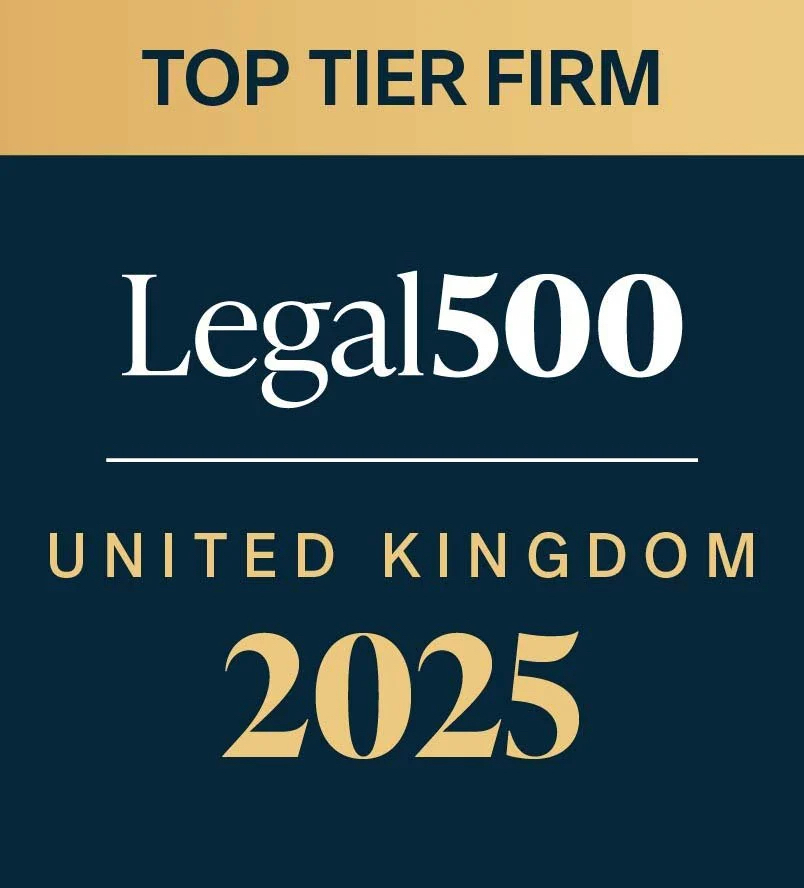Deceit & Conspiracy Claim Success for Lenders: Warning Against Dishonesty in the Borrowing Process

In the recent decision of Njord Partners SMA-Seal LP & ors v Astir Maritime & ors [2024] EWHC 1682 (Comm), the Commercial division of the High Court of England & Wales has allowed a lender’s claim for deceit and conspiracy against individuals behind a scrap metal sales company after a guarantor dishonestly inflated a statement of assets in order to secure $45 million of funding.
As a follow-up to our recent advice note examining the personal risks to borrowers who unsafely offer security over major personal assets under potentially undue influence, in this article we examine the significant risks that those seeking company loans who ‘fudge the numbers’ likewise expose themselves to in their personal financial capacity.
Lenders should take note that this decision confirms the additional avenues of claim in the torts of deceit and conspiracy in such scenarios (supplemental to their usual right to call in security).
Case facts:
The defendants in this case were Astir Maritime Ltd (the “Company”), a special purpose vehicle company incorporated as a subsidiary of North Star Maritime Holdings Limited (the “Parent”), a ship recycling business set up by Muhammad Tahir Lakhani (“Second Defendant”). The Company was created specifically to act as the borrower entity under a $45 million revolving credit facility agreement eventually entered into in 2017 (“Facility Agreement”). The Second Defendant’s two sons were each 50% shareholders of the Parent and one son, Muhammad Ali Lakhani (“Third Defendant”), was also a director.
The facility was secured by various guarantees including a personal guarantee granted by the Second Defendant and a corporate guarantee granted by the Parent.
Crucially, as part of the negotiations for the Facility Agreement, the Second Defendant had provided a statement of net worth (“NW Statement”) confirming his personal assets exceeded $46 million.
Following default by the Company as borrower, the lenders successfully obtained judgment against the Second Defendant to call in his personal guarantee. This Commercial Court case was brought supplementally to that judgment by the lenders as an additional route of recourse against the Company and the Second and Third Defendants.
Accusations against the defendants:
The claims of deceit and conspiracy to cause harm to the lenders were made against the defendants based on the following key contentions:
- The NW Statement was fraudulently provided by the Second Defendant on the knowledge that the lenders would rely on the false financial information to their detriment.
- Between March 2019 and February 2020, when the business started falling behind on repayments, the Second Defendant had given misleading and deceptive excuses to the lenders in order to buy time and prevent an event of default being declared.
- Approved borrower statements (“ABS”) required to be delivered by the Company as a condition precedent to the drawdowns had contained confirmations which were false and fraudulent.
Decision:
The Court had little difficulty finding in favour of the lenders. In fact, judge Mr Salter KC noted the Second Defendant’s apparent efforts to ‘take one for the team’ with “at times, disarmingly frank” admissions to his deceptions to exonerate his son the Third Defendant (having himself little to lose at this stage with the guarantee judgment already levied against him). That attempt was unsuccessful and both the Second and Third Defendants were held liable.
Specifically, it was clear on review that the figures included in the NW Statement had been a gross overstatement of the Second Defendant’s personal wealth and several assets included were not in fact owned by the Second Defendant. The reasons given for the delays in repayments were admitted to be false. The ABS had been signed off by the Third Defendant and, regardless of his arguments that he had not read the content before doing so, he was held constructively aware that the confirmations were false and he was therefore culpable for the resulting reliance placed on them by the lenders.
As such, there was no doubt both the Second and Third Defendants had played an active role in the fraudulent activity and had ultimately been willing to bring about loss to the lenders in order to meet their ends. Both parties were therefore liable in deceit and conspiracy for the entire shortfall suffered by the lenders.
The bottom line & practical considerations: Honesty is the best policy
Lenders’ options for recovering losses on default are not limited to those which exist on realisation of their security if they can prove deceit has occurred to induce them into a loss-making transaction. The limited liability afforded through use of a limited company vehicle for business ventures does not necessarily mean that high value claims cannot be taken against individual stewards should the facts suggest that they have acted dishonestly or fraudulently to the detriment of their company’s contract counterparty. Notwithstanding this outcome, the importance of thorough lender due diligence and vigilance for red flags cannot be overstated.
From a basic and practical perspective, those seeking loans should ensure:
- that they act in good faith when satisfying the lender’s due diligence process;
- up-to-date records of assets and liabilities are reviewed and maintained;
- any documents containing statements of facts, verifying figures and/or providing confirmations should be carefully read, considered and approved prior to submission to mitigate any future accusations of dishonesty in the case of genuine error; and
- where the giving of any such information or statement raises concern, this should be flagged with their solicitor at the earliest opportunity.
If you would like any further information or advice, please contact Katherine Grant or another member of the Banking & Finance team.
*This document does not constitute legal advice and should not be relied upon as a substitute for legal advice that is tailored to your individual circumstances.
About the author








